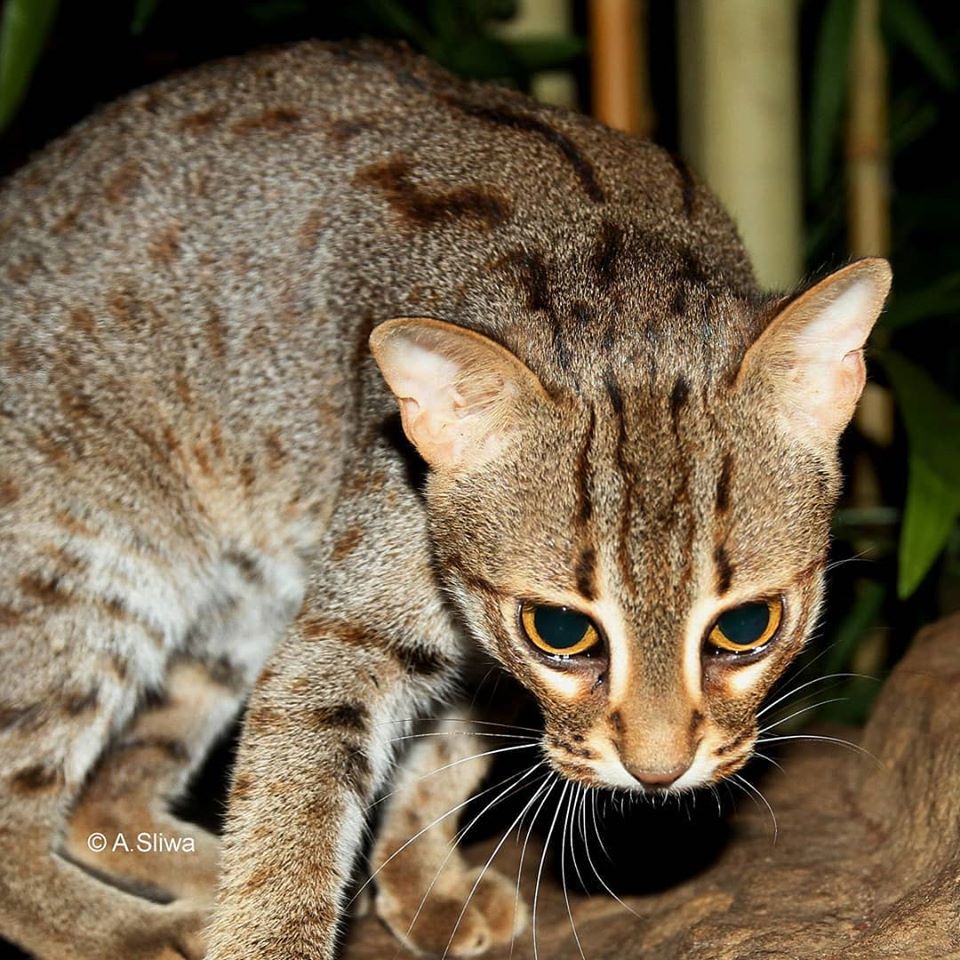Sand Cat Habitat Needs

With its sandy to light grey fur it is well camouflaged in a desert environment.
Sand cat habitat needs. The saharan sand cat is patchily distributed in desert areas of morocco algeria niger and egypt. They inhabit dry plains and rocky valleys where surface temperatures can reach 124 degrees Fahrenheit during the daytime dropping to as low as 31 degrees Fahrenheit at night. The sand cat also known as the sand dune cat is a small wild cat that inhabits sandy and stony deserts far from water sources.
The sand cat is the only felid found primarily in true deserts. The smallest cat species in Arabia the sand cat Felis margarita is well adapted to its arid desert habitat obtaining all the water it needs from its food. Habitat of the sand cat.
If the local people are prepared to live in harmony with the sand cat it will force change from the bottom to the top the countries rulers. Africas Sahara desert throughout the Arabian peninsula. It can be found at syr darya river and kyzylkum desert etc.
The main factor to the increased extinction is habitat destruction due to industrialization Townsend et al. Prey capture is facilitated by the sand cats highly sensitive ears which are large and triangular and capable of detecting noises from animals both above and below the surface of the sand. It is essential that you work with the local people to make them more aware of the asset the sand cat that they have on their doorstep and to protect it.
If it gets too hot outside the sand cat will retreat to burrows. Bunaian et al 1998. The sand cat is mainly nocturnal and strictly hunts in the night.
This video narrated in French shows the dry flat desert habitat of the Sahara occupied by the African Sand Cat also known as the Sand Dune Cat. 2003 and this factor continues to. Prey provide the sand cat with the fluids they need to live in places where there is little water.



















